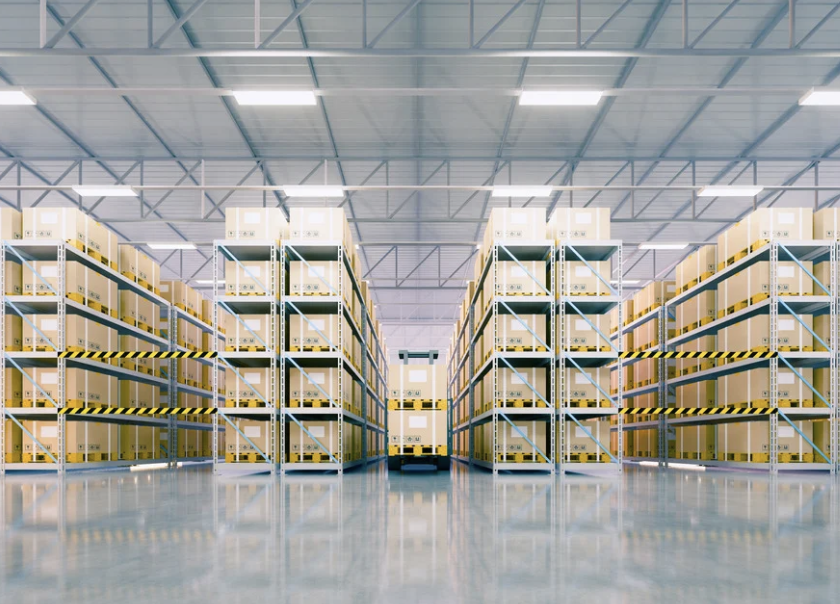This article is part of an ongoing series on the uses for artificial intelligence (AI) in manufacturing, starting with our article introducing machine learning and AI, and their relevance to manufacturing and supply chain operations.
Today’s entry in our Machine Learning for Manufacturers series will focus on an aspect of the manufacturing industry that all manufacturers have to deal with at some point or other: Replacing or upgrading or repairing old equipment, or installing and introducing new equipment, and bringing it together with the large organism that is a factory. This is a type of systems integration, where the goal is to organize the many systems at work to create a more time- and cost-efficient process that also happens to maintain or even increase the quality of work.
Bringing It All Together
In manufacturing, like in many industries, success comes from a sort of unification of the many forces at work to create the final product. Machines and humans alike need to be, in a word, integrated.
Workers may come and go, but, with proper training, the transition from one worker to the next can be quite easy.
When machines break down, or need an upgrade, or—knock on wood—need to be entirely replaced, then a little more, or a lot more, work is required to make sure that the ship continues to sail smoothly.
Functioning as a unified system is the goal here, and artificial intelligence has and continues to play a huge role in the process of systems integration, especially in the supply chain.
A big part of this is the procurement, protection, and safe transfer of important data from one component into the unified system.
An AI agent, with its ability to collect, organize, and analyze massive amounts of data in an inhumanly short amount of time, is especially useful when it comes to systems integrations projects that require most of or even the entire supply chain to be unified, with all the hordes of data.
Automating Your Integration
In the supply chain, a successful systems integration will allow management and, to a degree, customers to get a sense of how the whole factory-to-customer process is going at any point in time.
An example: Say you want to introduce a real-time tracker for your delivery drivers that customers can consult whenever they wish.
This is a good investment, because your customers are not going to be individuals impatiently waiting for their Amazon package to reach their front porch, but rather business owners who need your products to be delivered by a certain date, by a certain time, to make a profit. Further, it is imperative for those business owners to arrange and schedule for the drop-off and pick-up in a way that makes business run as smoothly as possible.
For this tracking technology to work well, it must be implemented into your entire existing system, and, more importantly, to have access to that system’s historical data, about previous delivery times and routes, about the various products created in your factory and the process of creating them, about your order history of the raw materials and their own deliveries to your factory.
A lot of data, as you can tell.
With AI-assisted systems integration, all of that data can be organized and put to use in this new tracking system, so that from the first use onwards it is already working at a high level of efficiency.
And, through machine learning, this tracking system will continue to learn through the continual input of new data, day-in, day-out.
Conclusion
AI-powered systems integrations platforms pull data from the many sources in the supply chain to help create a unified, functioning entity that can handle the implementation or upgrading of equipments and other systems.
For more AI-based manufacturing solutions, reach out to Findability Sciences.
Read other informative articles in our ongoing Machine Learning for Manufacturers series:
- How AI Can Boost a Manufacturer’s Efficiency
- How Demand Forecasting Keeps You Ahead of the Curve
- Product Price Recommendations
- Commodity Price Prediction with AI Finds the Best Price for Raw Materials
- Transport the Goods Effectively and Safely with AI Solutions
- AI-Powered Predictive Maintenance of Machines Helps You Optimize Manufacturing Costs
- Value Creation with Artificial Intelligence
- Mass Customization Using Artificial Intelligence
- Tracking and Managing Production Floor Operations Using Artificial Intelligence
- Keeping Track of and Assessing Suppliers Using Artificial Intelligence
- Capacity Planning Prediction Using Artificial Intelligence
- Designing Products with Artificial Intelligence
- Employing Artificial Intelligence and Augmented Reality for Research and Development


Recent Comments